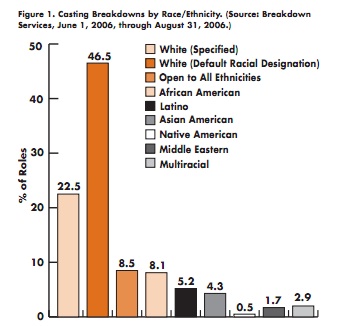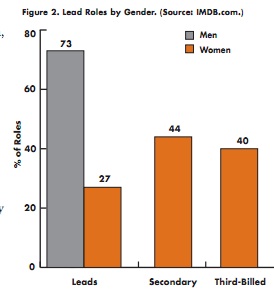I often find myself bemused at our insistence on using sex (i.e., male or female) as the defining thing that describes our sexual orientation. We are homosexual, heterosexual, or bisexual, right? These words supposedly mean that we are sexually attracted to the same sex, the other sex, or both. Right?
No! Not by a long shot! Essentially no one is attracted to men, for example, no matter what their sexual orientation. I’m straight and female, but I am attracted to a very, very, very small subset of men. I’m generally only attracted to men within a certain age range, with kind faces (I find the chiseled look a bit intimidating); also, I prefer them to be relatively clean. If I can add non-physical characteristics, then being aggressive with buddies or rude to waitstaff or prone to jealousy are all turn-offs, as are certain politics. I’ll stop here. Suffice to say, suggesting that I’m attracted to men is a vast overstatement. Sexual orientation, as we think of it, simply doesn’t describe my proclivities. I suppose this is true for most of us.
I was reminded of this idea when I came across an OK Cupid post. Christian Rudder drew on the profiles of over 250,000 heterosexual users, discovering that a large percentage of them had (positive) sexual experiences with people of the same sex, or wanted to (source).
Thirteen percent of self-identified straight men have had a sexual encounter with another man. Seven percent of them enjoyed it. Another 5% haven’t had the pleasure, but they would like to.
Significantly more self-identified straight women, 33%, have had a sexual encounter with another woman. Twenty-six percent of them enjoyed it. Another 18% haven’t, but they would like to. Less than half reported that they hadn’t and figured they never would.
Reported sexual orientation, then, simply doesn’t map perfectly onto desires or behaviors, in addition to failing to capture the full complexity of our sexualities.
For more of OK Cupid’s data, see our posts on the racial politics of dating, what women want, how attractiveness matters, age, gender, and the shape of the dating pool, older women want more sex, and the lies love-seekers tell.
Lisa Wade, PhD is an Associate Professor at Tulane University. She is the author of American Hookup, a book about college sexual culture; a textbook about gender; and a forthcoming introductory text: Terrible Magnificent Sociology. You can follow her on Twitter and Instagram.













